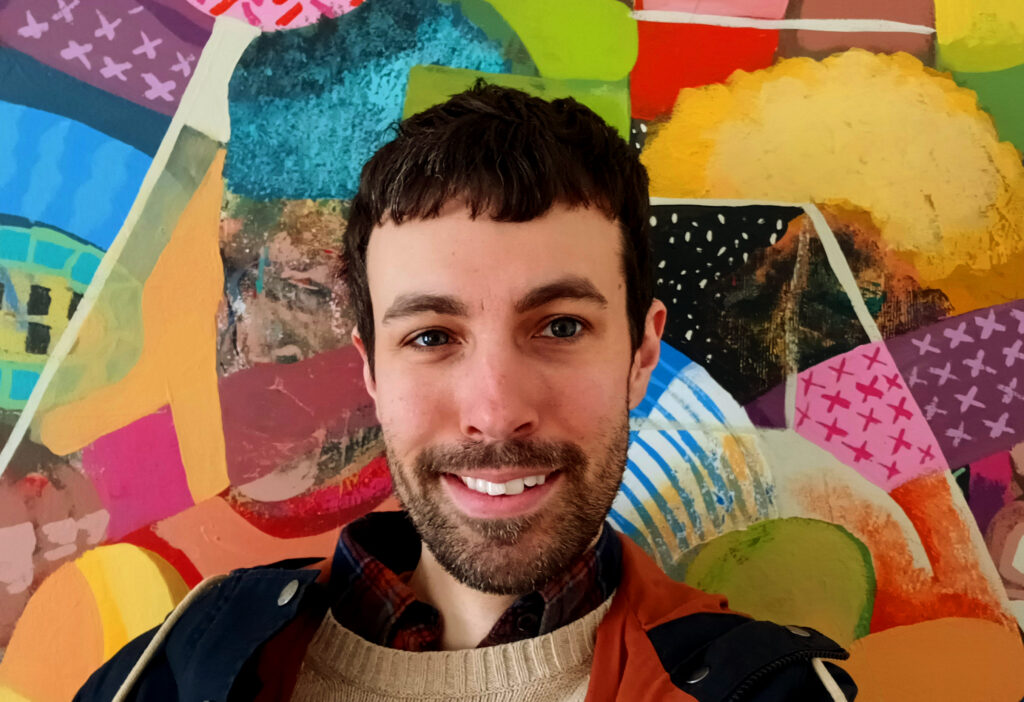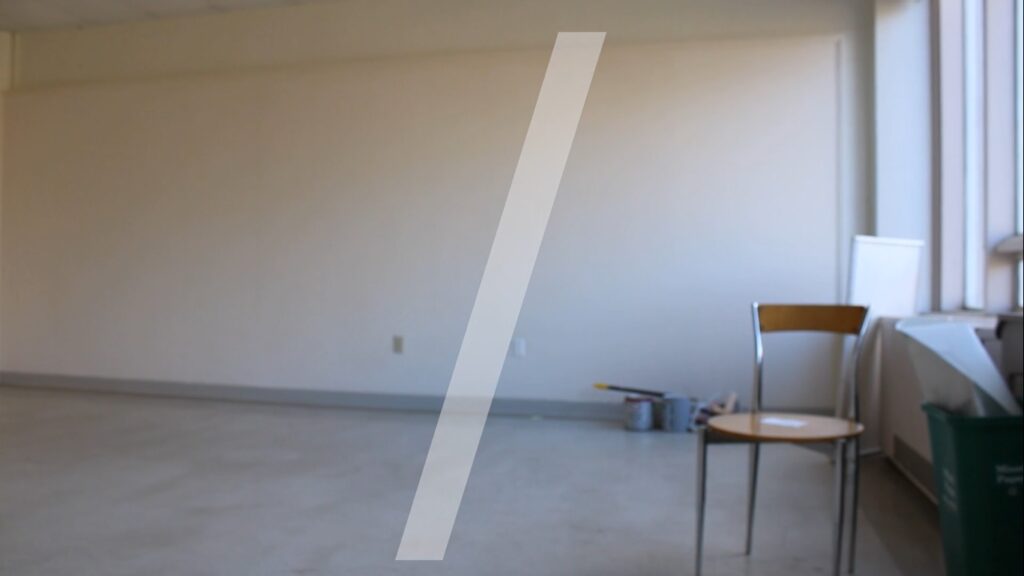
Brendan McCauley is a PhD candidate in Communication Studies at the University of Massachusetts Amherst, where he teaches video and television production alongside film and screen studies. He is also a painter, gallery director, and curator of fifteen years having organized over 100 exhibitions across New England. His research bridges cultural production and performance studies to locate instances where artists must “perform” their production for third parties and pursue how such performances are in turn “produced”.
Scramble and Scrounge
Scramble and Scrounge is an in-production short film diagnosing the state of post-pandemic arts infrastructure in the Pioneer Valley, MA, USA. Out here, in what Phil Neel (2018) calls the “hinterlands” and Bucholz (2018) locates as the “semi-periphery”, my research, life in creative community, and labor as a worker within a rapidly shifting cultural economy converge in video. Documentary is not used here as a formatting genre, but as an excuse. It affords space to hold scattered conversations together as an illustrating conjuncture, to show how multiple issues happen on top of and through each other. As the number of arts spaces in my area were cut in half, the number of homeless encampments within a stone’s throw of my apartment doubled, then tripled. So did the number of cannabis dispensaries colonizing emptied storefronts. These changes don’t connect directly but through broader, harder to see articulations. A multi-modal work affords a place for these shifts to sit together in their complication and to think through them as everyday experience.
This attendance takes up three communicative modes together. First, ethnographic interviews with organizers and members of arts organizations local to Western Massachusetts. Interviews focus on how their projects survived the lockdowns —if they did— and how they are trying to move forward. Second, I use video to employ the kind performance auto-ethnography I usually enact in front of live crowds. I do this to narrate re-entry into a cultural landscape left barren in many ways by the pandemic, and which I struggle to recognize. Third, this is a documentary wherein I use a camera to survey my local post-covid landscape and to register it as a new/old topographics of im/possibility.

This work serves as ground for speaking about loss and difficulty within creative labor that is harder and harder to do. I refuse the neoliberalized recasting of decline as an “opportunity”. Scramble and Scrounge instead rehearses a now absent community archive by using a camera to perform looking and enact searching. This mediated performance may become a repertoire (Taylor, 2003) for handling a more widespread and ubiquitous loss of cultural production spaces throughout the waves of lockdowns. I take up my role in this across multiple modalities as an educator, curator, painter. These are three kinds of worker, living in an area that has been greatly transformed and made to hustle, scrounge, and scramble again and again.